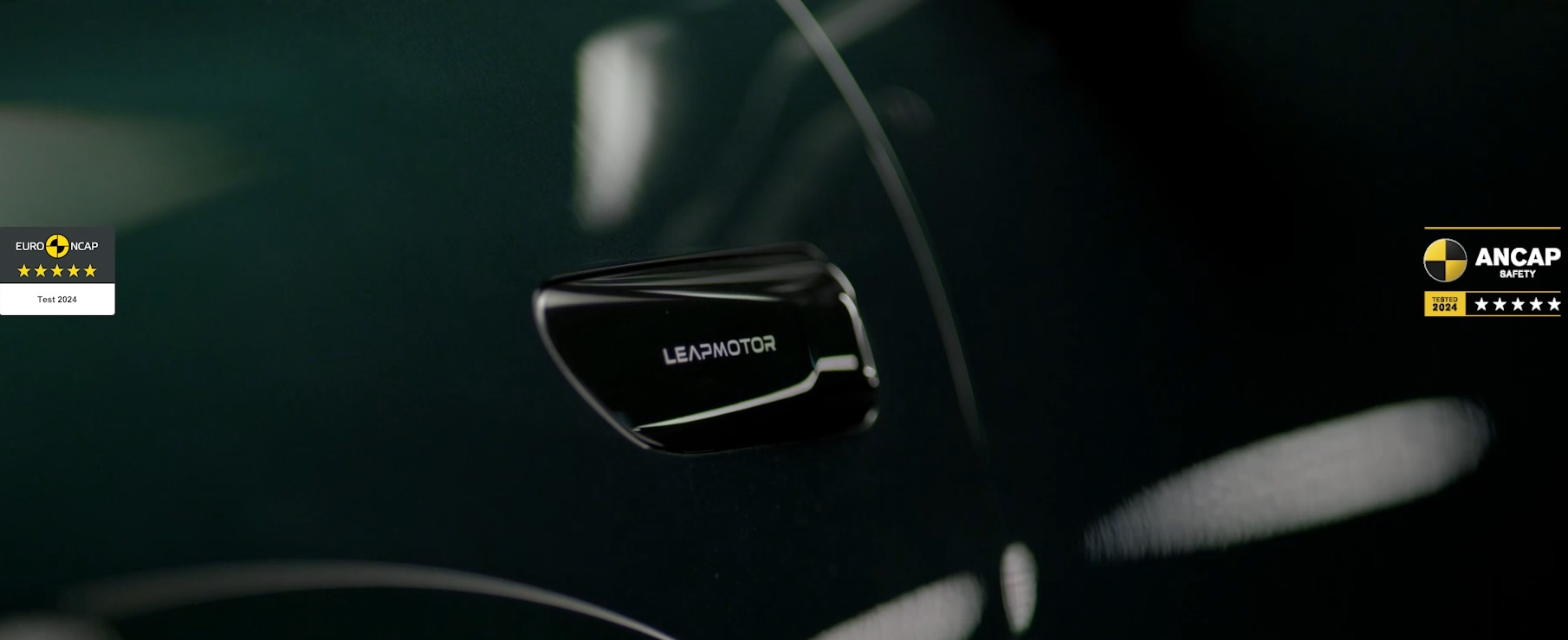Si los nombres de MG y BYD ya resuenan con fuerza en nuestras carreteras, prepárense para una segunda oleada. Esta semana, la atención se ha centrado en Leapmotor, una de las marcas chinas más innovadoras, que ha comenzado oficialmente sus operaciones en varios mercados europeos clave.
Su llegada, respaldada por el gigante Stellantis, no es un movimiento aislado, sino la punta de lanza de una nueva estrategia de desembarco que es más sofisticada y peligrosa que nunca para los fabricantes tradicionales.
Leapmotor no llega con un solo producto, sino con un ataque en dos frentes. Por un lado, el pequeño T03, un coche urbano eléctrico con más de 280 km de autonomía que busca competir directamente en precio con modelos como el Dacia Spring o el Citroën ë-C3. Por otro lado, el SUV C10, un vehículo mucho más grande y tecnológico, cargado con sensores LiDAR y una avanzada plataforma de software, que apunta directamente al corazón del mercado, compitiendo con modelos como el Tesla Model Y o el Hyundai Ioniq 5, pero con una política de precios mucho más agresiva.
El "Caballo de Troya" de Stellantis
La clave del desembarco de Leapmotor no es solo su producto, sino su socio. Al aliarse con Stellantis (el grupo de Peugeot, Citroën, Fiat, etc.), Leapmotor se asegura el acceso a una red de concesionarios y servicios postventa ya establecida en toda Europa. Esto elimina de un plumazo el principal obstáculo que encuentran muchas marcas nuevas: la desconfianza del consumidor ante la falta de un soporte cercano y fiable. Es una jugada maestra que combina la agilidad y tecnología china con la capilaridad y experiencia europea.
Más Allá de Leapmotor: ¿Quiénes Son los Siguientes?
La llegada de Leapmotor es solo el principio. Otras marcas como Xpeng, con su tecnología de conducción autónoma, o Nio, con sus estaciones de intercambio de baterías, ya están aumentando su presencia. A diferencia de las primeras marcas chinas que llegaron hace años, estas nuevas empresas no compiten solo en precio, sino en tecnología, software y experiencia de usuario, desafiando a los fabricantes europeos en su propio terreno.
La llegada de Leapmotor no es una anécdota, es un síntoma. El panorama automovilístico europeo está cambiando a una velocidad de vértigo. Para los consumidores, esto se traduce en más opciones y precios potencialmente más bajos. Para los talleres y profesionales, como los que leen manualesdemecanica.com, significa la necesidad urgente de formarse y adaptarse a nuevas arquitecturas electrónicas, nuevos componentes y nuevos procedimientos de reparación. La nueva era de la automoción ya no es el futuro, es el presente, y ha llegado desde China.























































